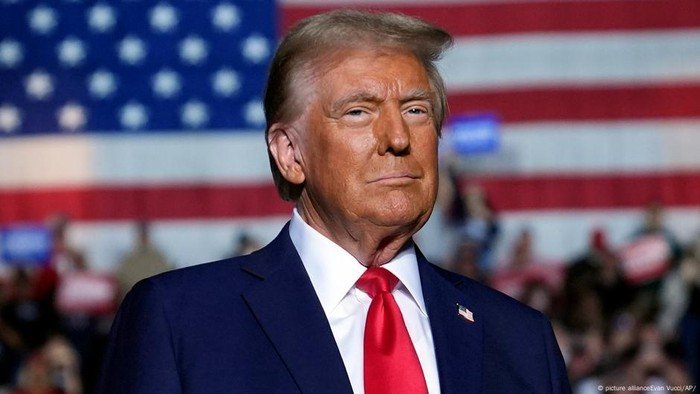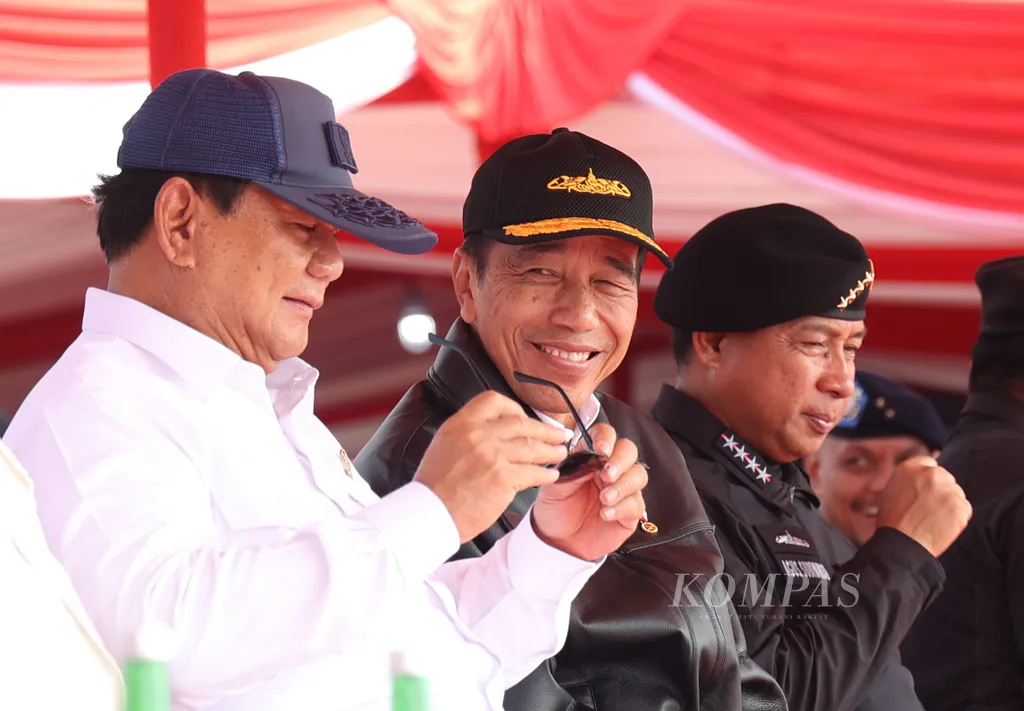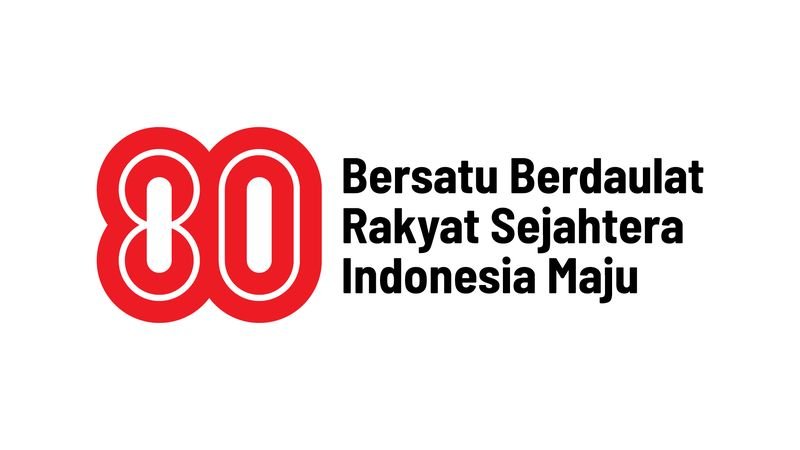Bali Today – In a significant move to reshape US trade relations in Southeast Asia, President Donald Trump announced a sweeping new trade agreement with Indonesia that eliminates tariffs on 99% of American exports to the world’s fourth-most populous country.
The deal, unveiled on [date], dismantles long-standing non-tariff barriers, expands market access for US agricultural and digital products, and strengthens intellectual property protections—a win for American businesses but one that may test Indonesia’s balancing act between economic openness and domestic protectionism.
The agreement follows months of negotiations and mirrors Trump’s “America First” trade strategy, which has prioritized bilateral deals over multilateral frameworks. Analysts say it could significantly boost US exports in sectors ranging from aerospace to agriculture while putting pressure on Indonesia to liberalize its digital economy and manufacturing policies.
Key Provisions: A Win for US Exports, a Test for Indonesia
1. Tariff Elimination and Market Access
The deal’s centerpiece is the removal of tariffs on 99% of US exports to Indonesia, covering:
- Agricultural goods (soybeans, dairy, beef) – Indonesia will recognize US food safety standards, bypassing redundant import permits.
- Manufactured products (machinery, autos, medical devices) – Local content rules (TKDN) relaxed for US firms.
- Remanufactured goods – Previously restricted imports now allowed, benefiting industrial equipment suppliers.
Notably, Indonesia agreed to join US-led efforts to address global steel overcapacity, signaling alignment with Washington’s trade policy priorities.
2. Digital Trade and Data Flow Liberalization
In a major concession, Indonesia committed to:
- A moratorium on digital import duties, enabling US tech giants to expand cloud services and e-commerce.
- Cross-border data flow guarantees, though with vague safeguards for “public interest” exceptions.
- Stronger IP enforcement, including patents and copyrights—a longstanding US demand.
Critics warn this could undermine Indonesia’s nascent tech sovereignty. “The digital条款 resemble clauses in USMCA,” said [expert name], a trade analyst at [institution]. “They favor US platforms but may limit Jakarta’s ability to regulate data localization.”
3. Labor and Industrial Reforms
The pact includes symbolic labor commitments:
- A ban on forced labor practices, amid US scrutiny of Southeast Asian supply chains.
- Enhanced union rights, though enforcement mechanisms remain unclear.
Additionally, Indonesia will ease export restrictions on industrial commodities, potentially benefiting US manufacturers reliant on nickel and other raw materials.
Global Implications: Bilateralism Over Multilateralism?
The agreement underscores Trump’s preference for country-by-country deals that extract maximum concessions, bypassing the WTO. For Indonesia—Southeast Asia’s largest economy—the deal offers investment inflows but raises questions:
- Domestic backlash? Relaxed TKDN rules may hurt local industries. Past protectionist measures, like requiring tech companies to store data locally, could be challenged.
- Digital dependency? US firms gain leverage in Indonesia’s $70B digital economy, while local startups face steeper competition.
- Geopolitical ripple effects: As China invests heavily in Indonesia’s infrastructure, the deal signals Washington’s intent to counterbalance Beijing’s influence.
“Indonesia is walking a tightrope,” said [analyst name] of [think tank]. “It needs US trade but must avoid appearing to surrender regulatory autonomy.”
Conclusion: A New Chapter With Unanswered Questions
While the White House hails the agreement as a job creator for Americans, its long-term impact hinges on implementation. Will Indonesia’s parliament ratify contentious? Can local industries adapt to sudden competition? And will the digital provisions set a precedent for future US deals in emerging markets?
One thing is clear: Trump’s deal-making playbook—aggressive, bilateral, and laser-focused on US exports—has notched another victory. But for Indonesia, the real test begins now.





